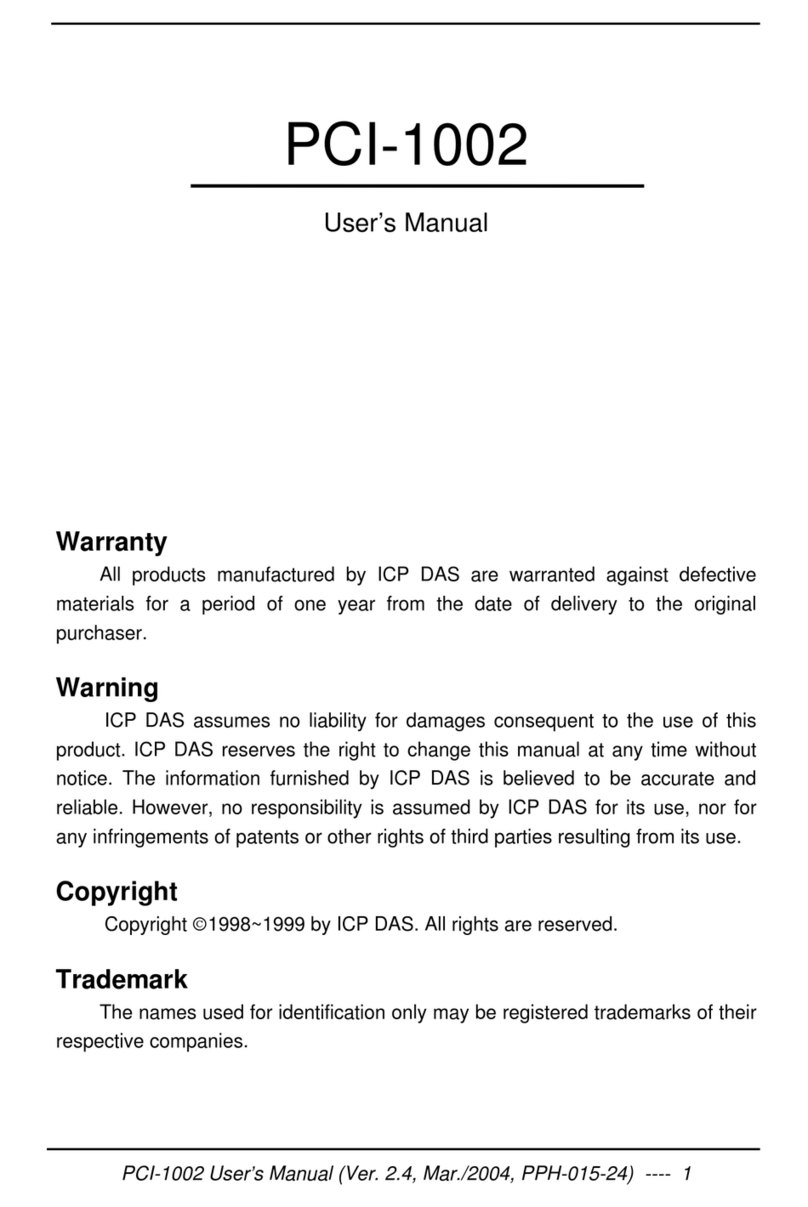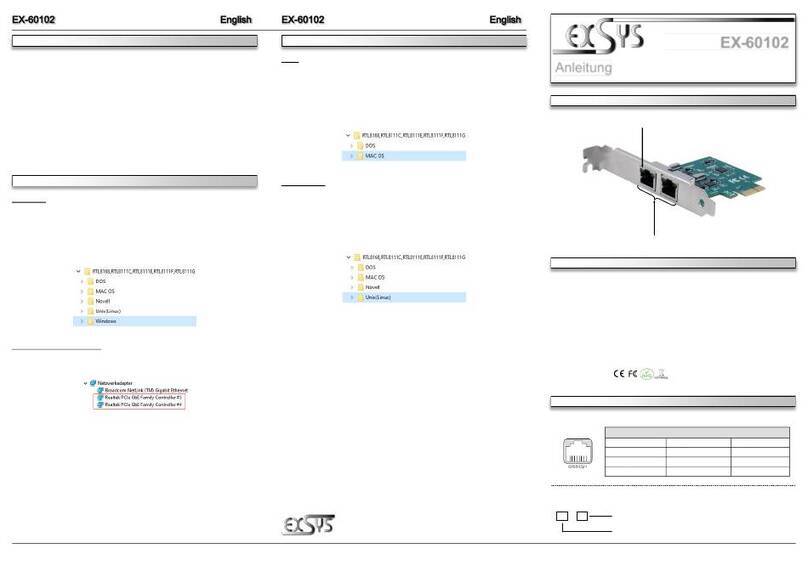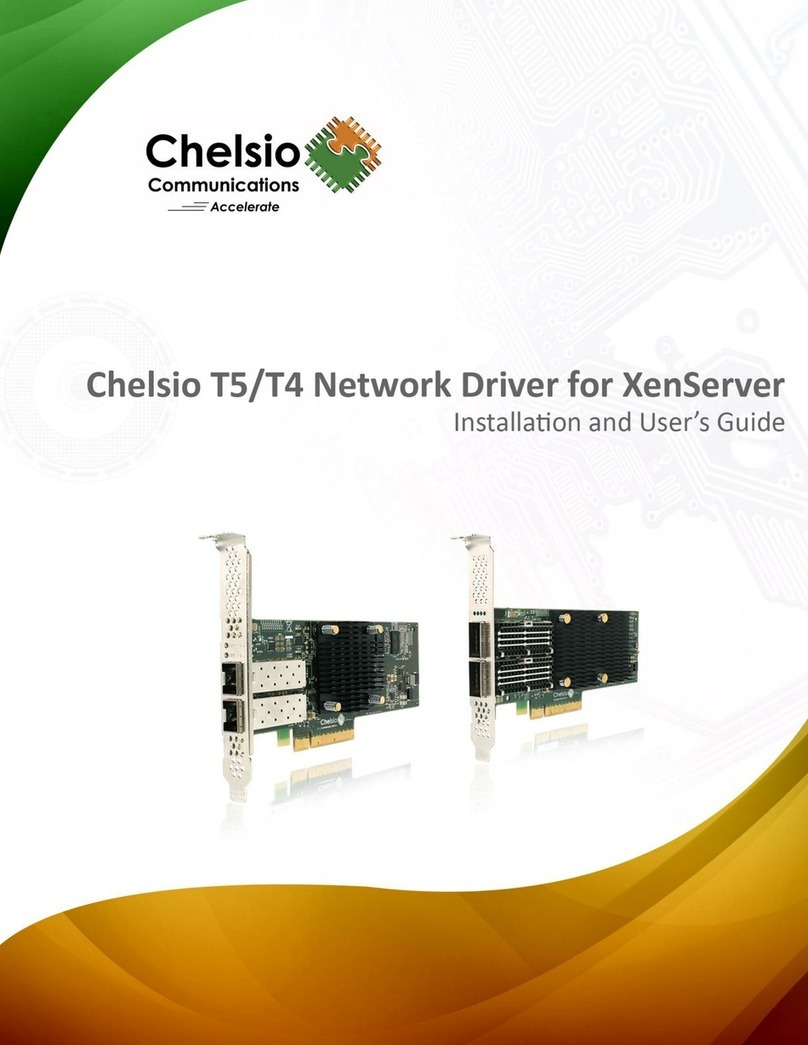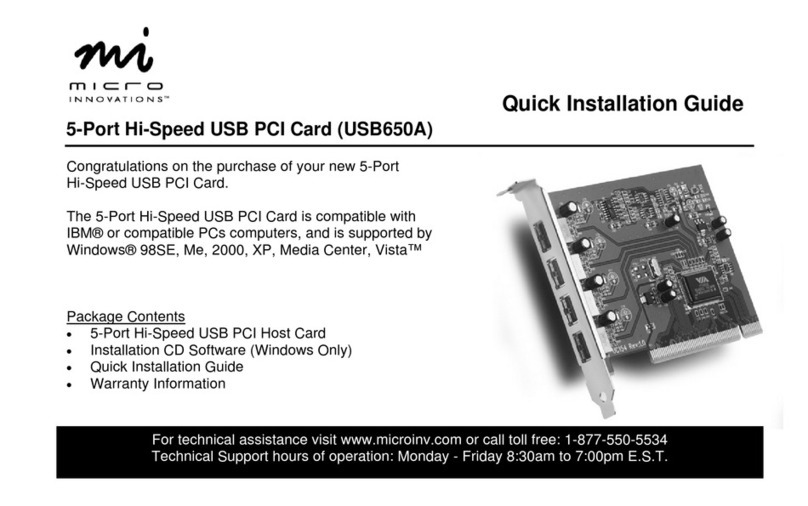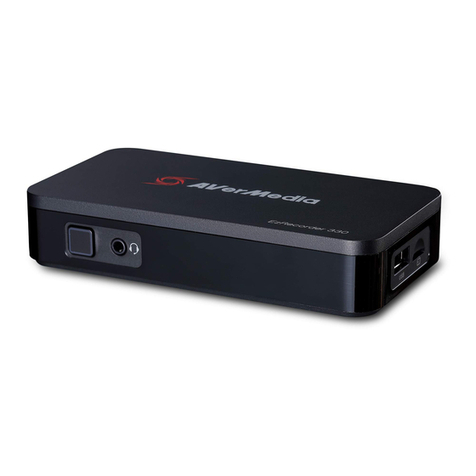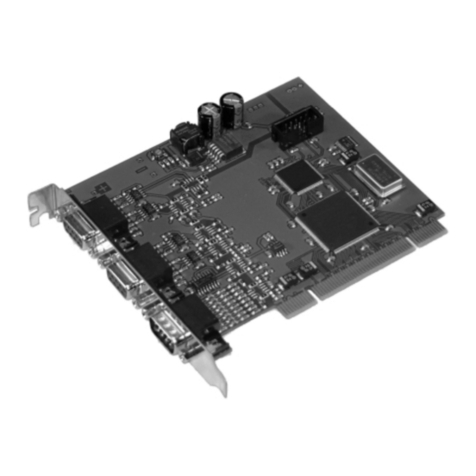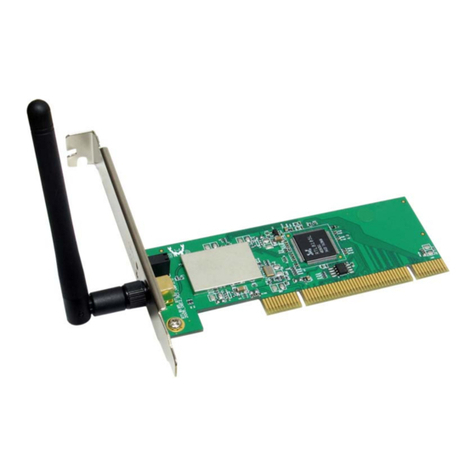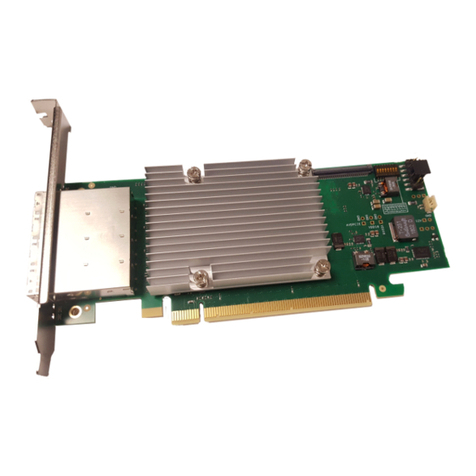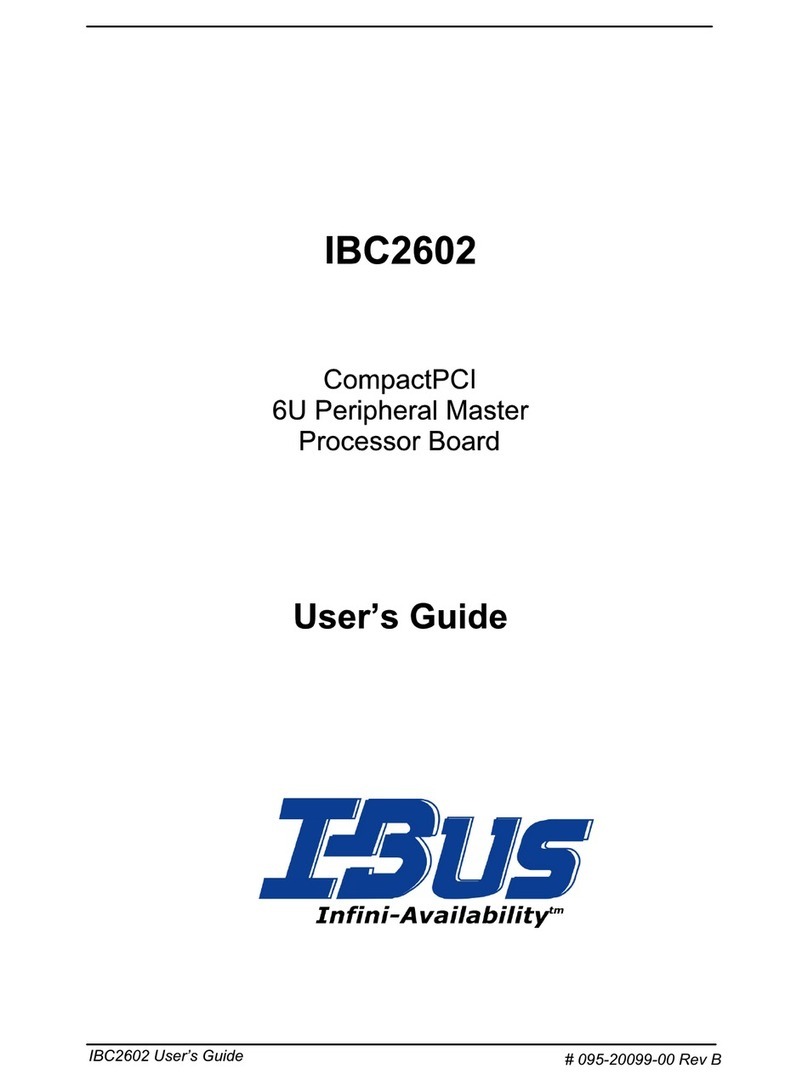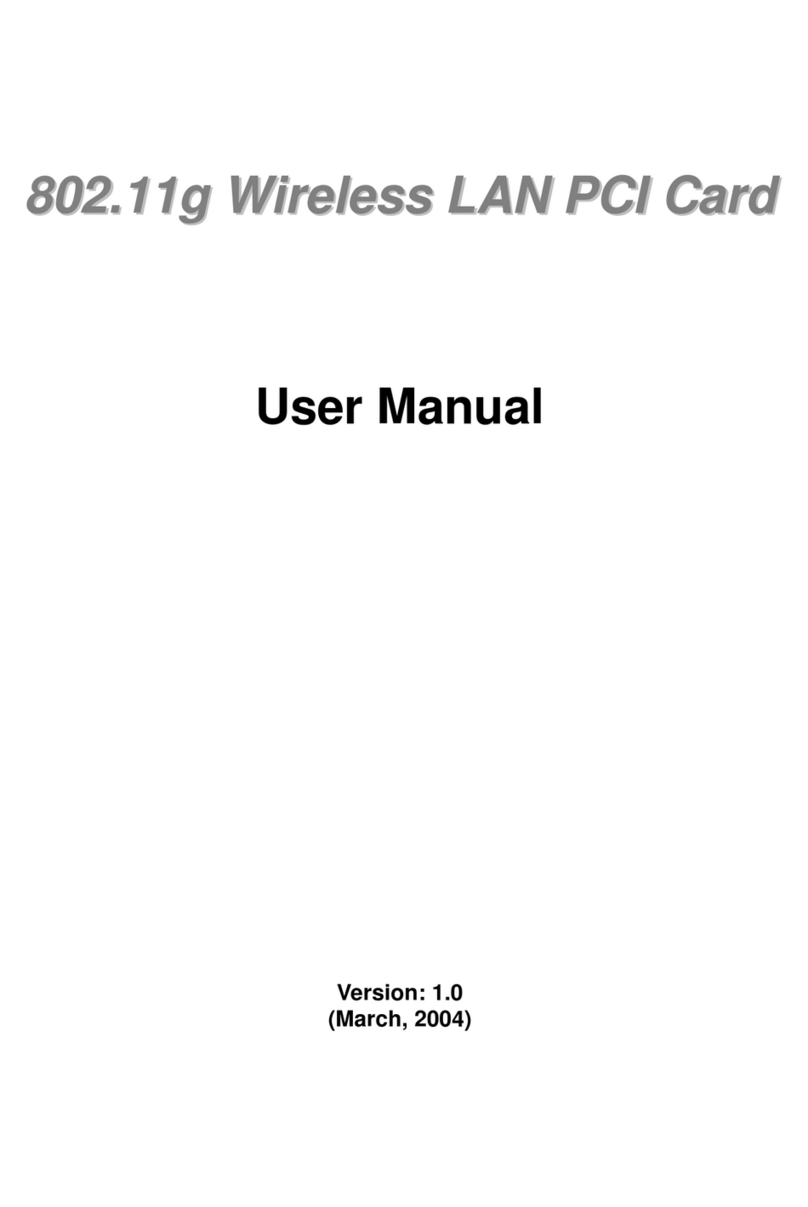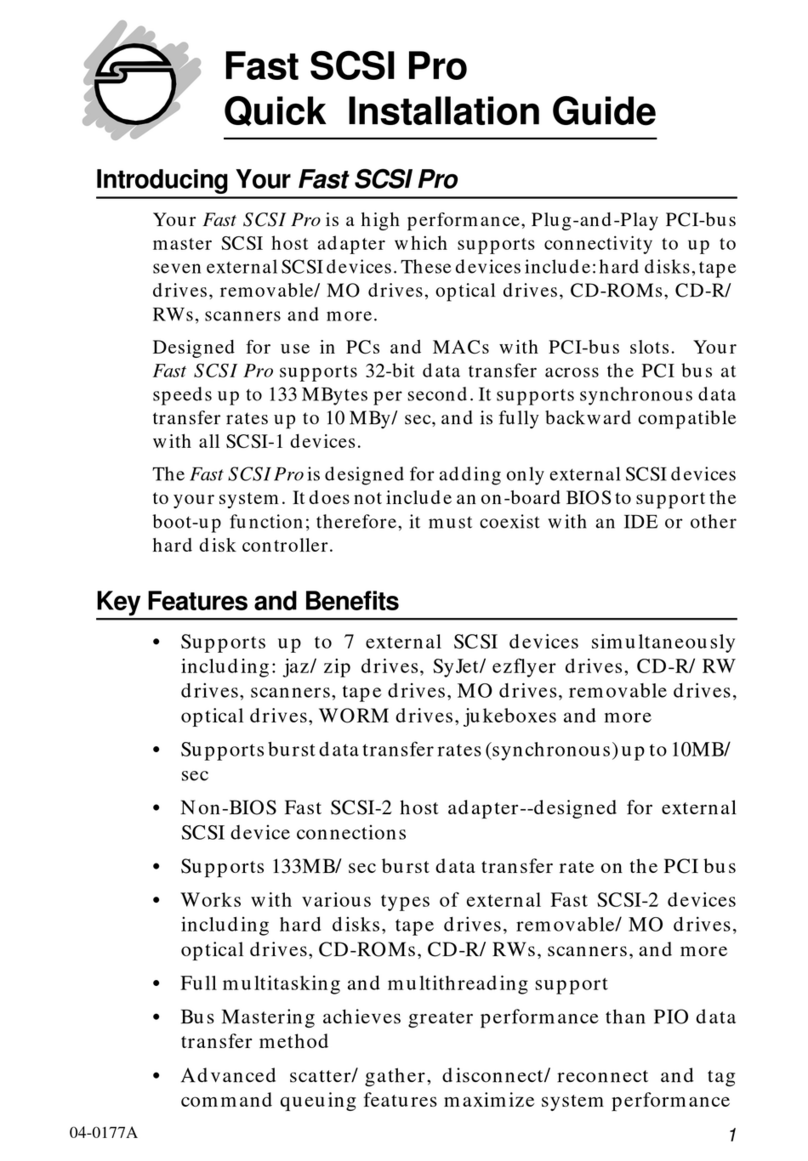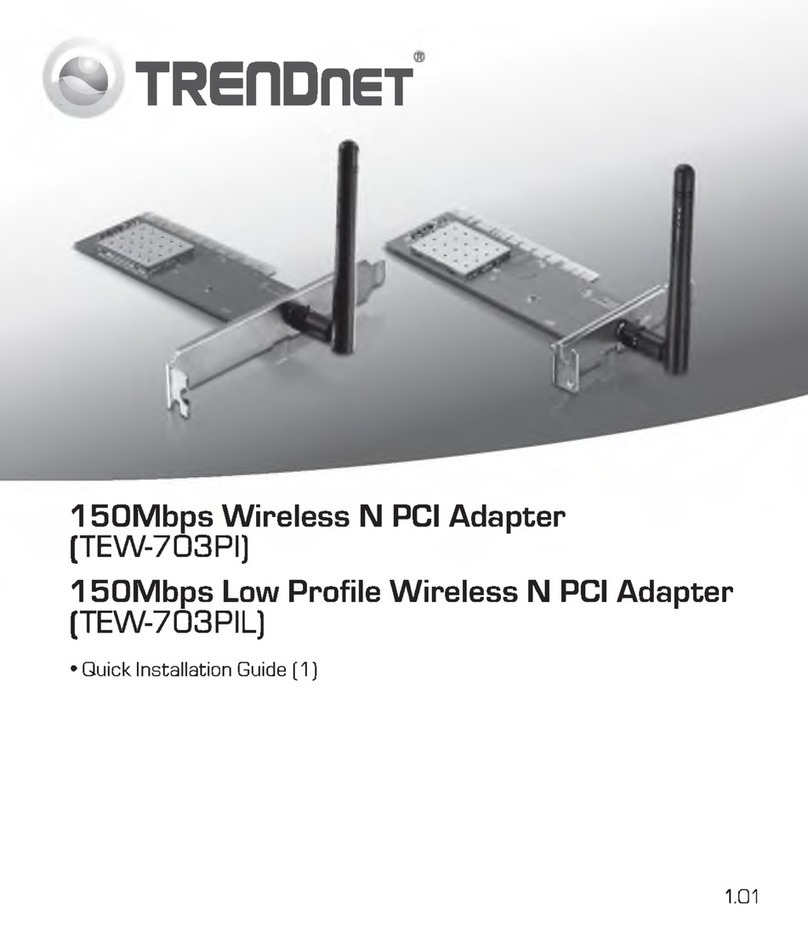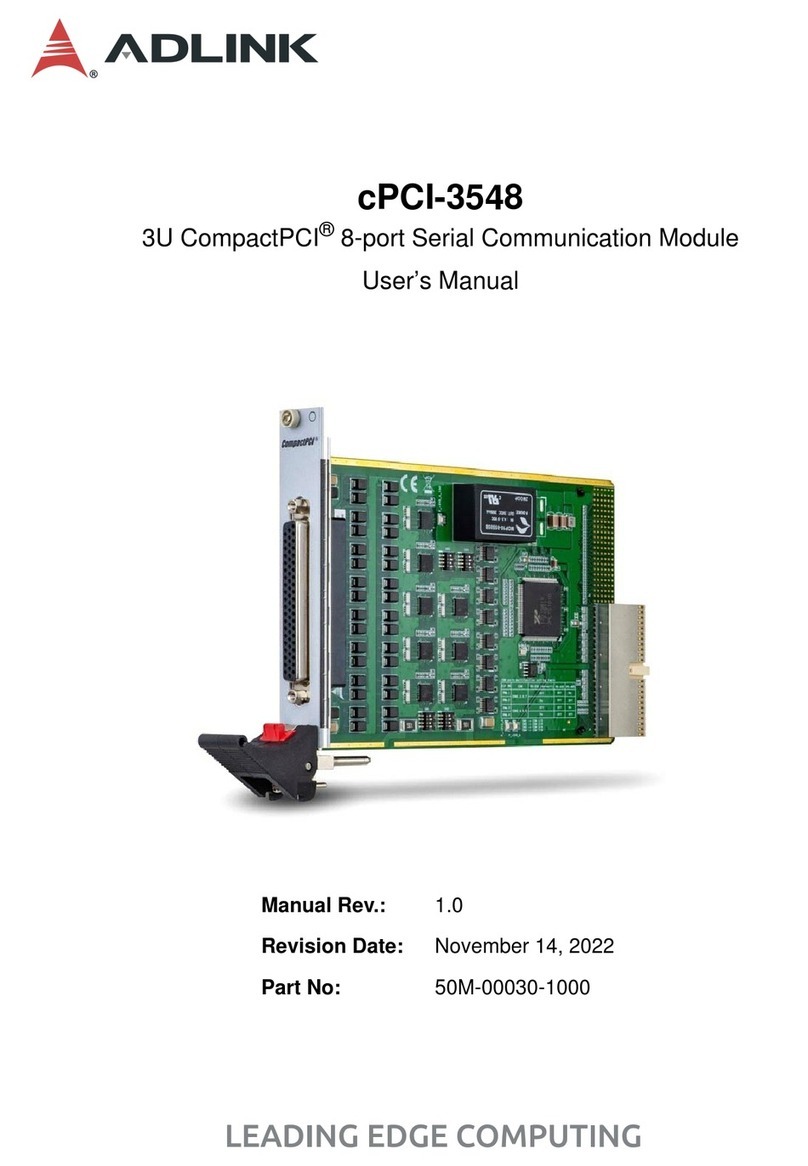Installing the Capture Card
You are likely to need a flat blade and /or a cross head screwdriver for the installation of the
XV-AV card; it would be useful to have these to hand before you begin.
•Power down the PC (including peripherals), switch off at the mains and disconnect all the cables
connected to the computer, noting the positions for accurate reconnection.
• Remove the PC cover.
• For the XV-AV/F capture cards, locate a vacant PCI Express slot (x4 or higher) on the
motherboard and remove the blanking plate (retain all screws).
•If the XV-AV/H is to be installed in a short form computer, two locations are required. The XV-AV/H
and the Audio Module should be installed adjacent to enable both cards to be connected together
using the ribbon cable supplied. The Audio Module does not require a slot on the mother- board.
If you are in doubt consult your motherboard documentation to correctly identify a PCI Express slot. If
the card is forced into a 32 or 64 bit PCI or PCI-X slot it will be irreparably damaged when the system is
powered up and the warranty will be void.
•Reconnect all cables to the PC then connect a DVI cable (not supplied) distributing the DVI source
signal to the connector on the XV-AV capture card
• A standard definition signal can be connected to the RCA connector on the XV-AV
• An Audio feed can be connected to the Audio Module via the Audio Breakout Cable
• Power up the PC and commence the software installation
How to Connect Input Sources
The XV-AV/F card has one DVI-I and one RCA (female) connector and one RGB (male) connector on the
Audio Module:
The DVI-I connector supports DVI, HDMI, Component and RGB (VGA) inputs using the supplied adapters
where required.
A DVI input is connected directly into the DVI-I connector which accepts DVI-D (digital) or DVI-A (analog)
inputs:
5
